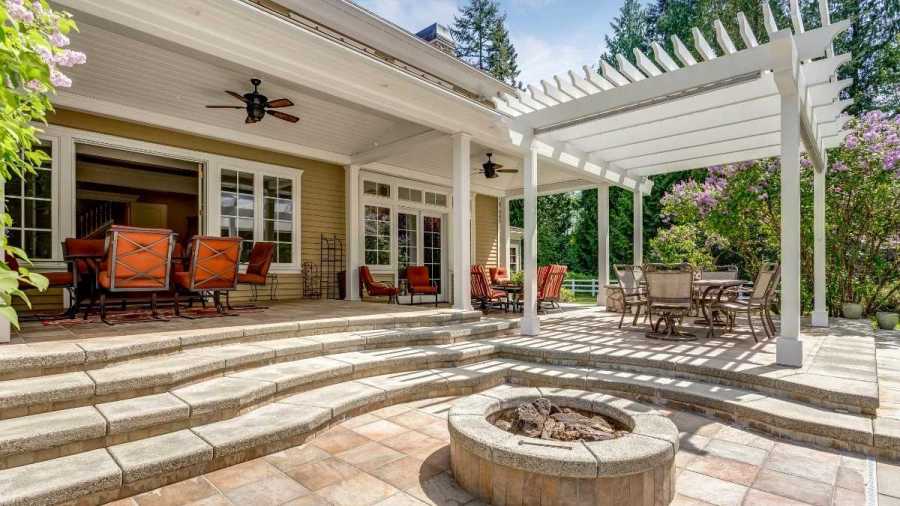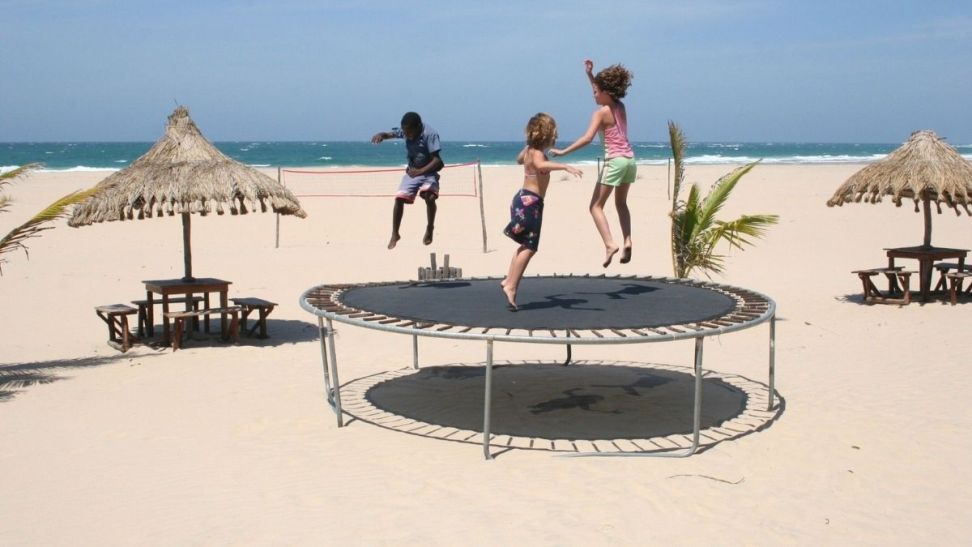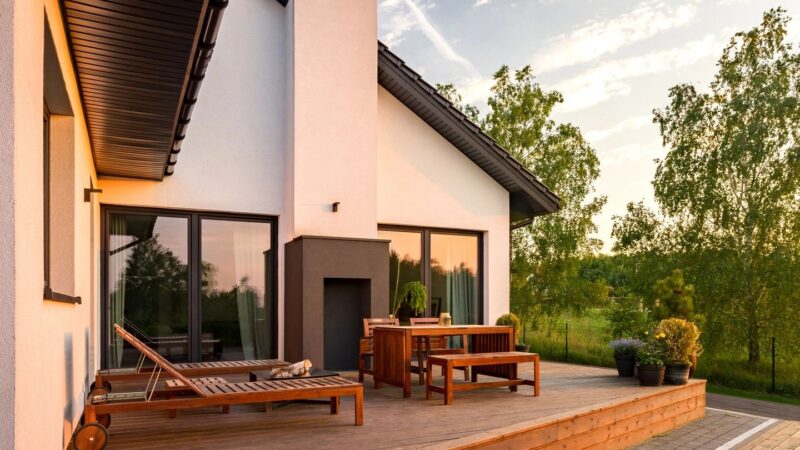5 Tips for Arborvitae Tree Care

Arborvitae trees are a popular choice for many homeowners, as they serve as great trees to plant together to create a natural-looking privacy screen or hedge. Scientifically referred to as Thuja, arborvitae trees consist of five different species. However, in North America, the two native types, which are also the most common varieties found here in Oregon, are the American arborvitae, or eastern arborvitae, and the giant arborvitae, or western red cedar.
The American arborvitae/eastern arborvitae is the most common variety found in residential gardens, as it’s widely available. There are also different cultivars to choose from. These trees are very tolerant of cold climates and have foliage that can darken to bronze during the winter months. However, some do remain green all year.
The giant arborvitae/western red cedar is native to the Pacific Northwest. Most are fast-growing and can reach heights of 70 feet or taller, but smaller versions are available as well. These trees have a conical shape and can have a base width of up to 20 feet. The foliage of this species remains green all year.
If you have chosen to plant one of these trees, it’s important to know the proper arborvitae tree care to make sure it’s always at its healthiest. Here are five tips for arborvitae tree care for you to follow.
- Regularly Prune Your Tree
Pruning your trees is one of the most important maintenance tasks you can do, and it’s no different when it comes to arborvitae trees. Not only will pruning help them maintain their shape and the height of your preference, but it will rejuvenate older plants too. Additionally, by regularly pruning your arborvitae trees, you reduce potential structural tree problems and defects. You also decrease the risk of failure, disease, and death of the trees.
During pruning, any branch that looks as though it is sick, broken, or dead will be removed to extend the life and health of the tree. This also prevents fungi that could infect the tree and cause decay throughout. An arborist will provide quality, professional pruning for your arborvitae.
- Know If and When You Need to Use Fertilizer
Fertilizer isn’t always necessary for arborvitae, but it’s recommended, especially if the trees aren’t planted in the proper soil. These trees prefer deep soil that has excellent drainage. They should also be planted in an area where they will get some sun and enough water. However, if planting in this soil isn’t possible, use fertilizer to keep it healthy and give it the nutritional boost it needs.
Your arborvitae tree will give some signs if it could benefit from fertilizer. For example, look at its overall vigor, its foliage color, and if there’s a lack of flowering. Furthermore, if you notice that new growth has become extremely slow or sparse, the needles lack their normal healthy green color or have become shorter, or there’s been an increase in damage from insects, these are also signs fertilizer is needed.
- Don’t Water Too Much or Too Little
Arborvitae trees can become stressed when they’re over- or underwatered, which is why it’s important to know the correct amount of water they need.
For trees that are newly planted, they should receive about an inch of water each week during the growing season, and using a hose directly on the roots is the best way to water. The soil should not be saturated but should instead have even moisture distribution. As the tree continues to grow, you can lessen this amount of water.
You’ll be able to tell if your tree isn’t getting enough water if needles begin to drop or the foliage begins to turn a brown or yellow color. You’ll also notice needle discoloration. However, overwatering can lead to fungal infection and root rot, so be cautious.
- Be Sure to Also Use Mulch
Not everyone uses mulch in their gardens, but when it comes to arborvitae tree care, it’s important. A layer of mulch placed on top of the soil around the base of the tree will help keep the soil moist. Be sure to avoid covering the trunk and replenish the mulch as needed, which is usually annually. The mulch will decompose, and when it does this, it will help to improve the structure of the soil.
- Don’t Forget About the Winter
The winter months that bring cold and snow are not a time to forget about your arborvitae trees. In fact, special care should come during these months, as heavy ice and snow buildup can break the branches of the trees, especially of taller ones. A good way to avoid this is by using a broom to brush off snow that’s wet before it compiles or turns to ice. Additionally, some trees may need to be staked during the winter months to keep them standing tall and help prevent them from falling over or breaking. Another idea is to wrap the trees in burlap, which will help to block the sun from hitting the tree during the times when it cannot get water. This helps it retain the moisture it needs to get through the winter.
The above five tips will get you started with your arborvitae tree care and help you keep your tree at its healthiest. If your tree does turn brown, there are different possibilities why this might happen. This doesn’t mean certain death for your tree. Depending on how brown the tree has become, it may be able to be saved.
That’s why it’s important to have a professional arborist like Mr. Tree you can turn to for help caring for your arborvitae trees and to guiding you as you choose the trees that will work best in your yard. If you’re looking to plant arborvitae trees around your home—whether for privacy or for beauty—give us a call today, and we can help you make your decision.





